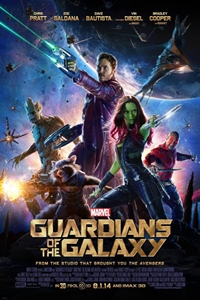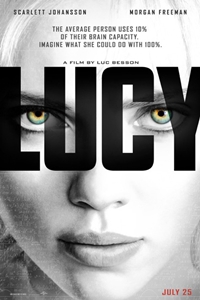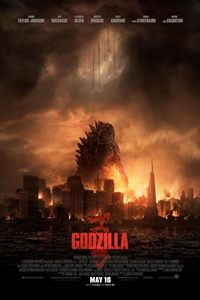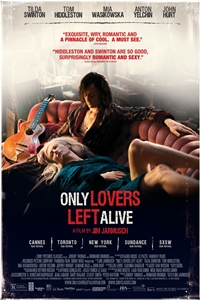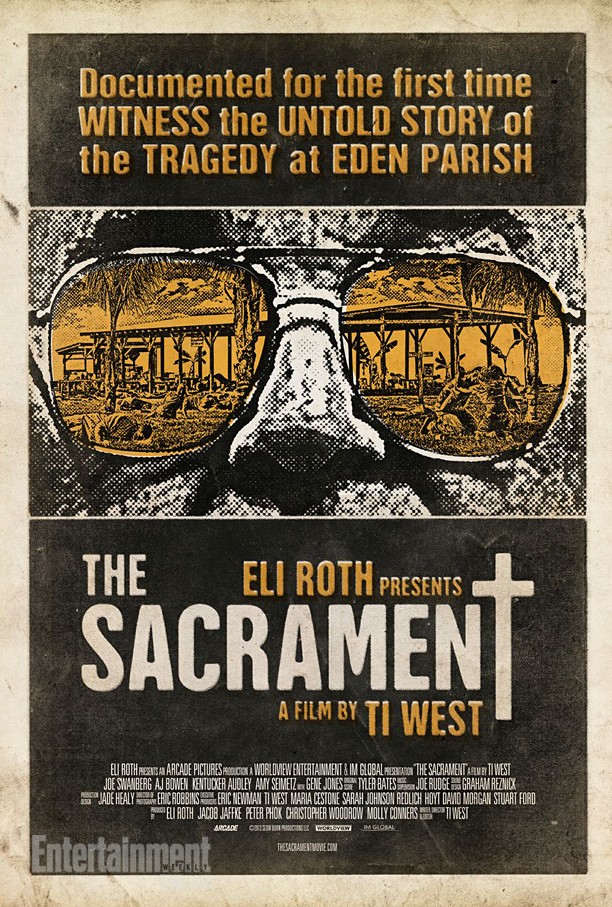Dir: Jonathan Liebesman
Starring: Megan Fox, Will Arnett, William Fichtner, and Whoopi Goldberg
101 Minutes
Paramount Pictures
Rated PG-13
By Monte Yazzie (www.thecodafilms.com)
Leaving the theater a young boy asked his older brother this question, “What does Cowabunga mean”? The older brother responded, “Something old people use to say”. Nostalgia plays a large motivating factor for the newly reimagined “Teenage Mutant Ninja Turtles” directed by Jonathan Liebesman. While some elements like characters and situations may feel similar, everything else is supersized and hyper stylized. Those looking to relive the fond memories from opening night in 1990 will be disappointed if you approach it with this attitude. This film, at times funny and wildly action packed, is for a new generation of fans to embrace.
April O’Neil (Megan Fox) is a fearless investigative reporter relinquished to report on supplemental pieces of boring news. New York City is being overrun with crime and corrupted from a syndicate known as The Foot Clan led by Shredder (Tohuro Masamune). April, wanting to find a break into legitimate journalism, stumbles onto activities by the criminal group who are thwarted during a robbery by four teenage brothers who happen to be mutated turtles that know the art of the ninja. April’s life is placed into the dangerous path of Shredder after she begins to investigate her past and the origin of the Ninja Turtles.
The original “TMNT” has grown over time as a cult classic. The zany image of human actors in upright turtle costumes held an eccentric sensibility. This new version has bypassed the practical effects for motion capture computer graphics. While this allows the Ninja Turtles room to jump higher and hit harder, they don’t resonate as effectively as the Apes from “Dawn of the Planet of the Apes” which is another mo-cap film. This is partly due to the narrative, which foregoes moments of development for heavy-handed action theatrics. But that should be expected in this kind of film, especially considering that it’s produced by Michael Bay. The action is immense with all manner of outlandish set pieces. Unfortunately they all feel like the Transformers could substitute for the Ninja Turtles.
The chemistry between the Turtles, when it’s just them on screen, is funny and charming. Most of the laughs coming from Michelangelo’s many passes at April and one especially funny scene involving all four in an elevator during a crucial moment. It works best when they banter between each other, like brothers would, and are given time to display the bond that has kept them together. Unfortunately the story is centered on Megan Fox’s character April, which takes away from the emphasis on the title characters.
The easy pass would be this film is another failed reimagining. But regardless of how someone familiar with the original film and cartoon may feel, this version of “TMNT” is not for you. This is an adaptation for a new audience of young people. Unfortunately it is filled with a bombardment of confusing imagery and head shaking derivative narrative. The flaws are easy to pick out; instead, enjoy the quality time with the youth discovering this piece of pop culture cinema for the first time.
Monte’s Rating
2.00 out of 5.00


